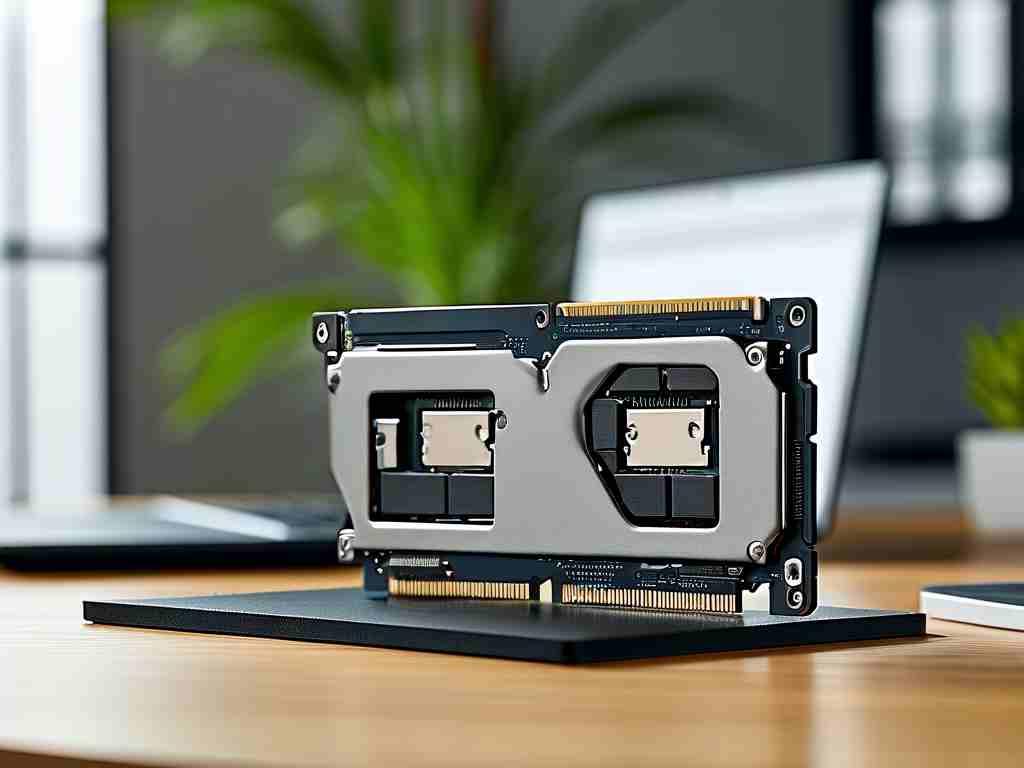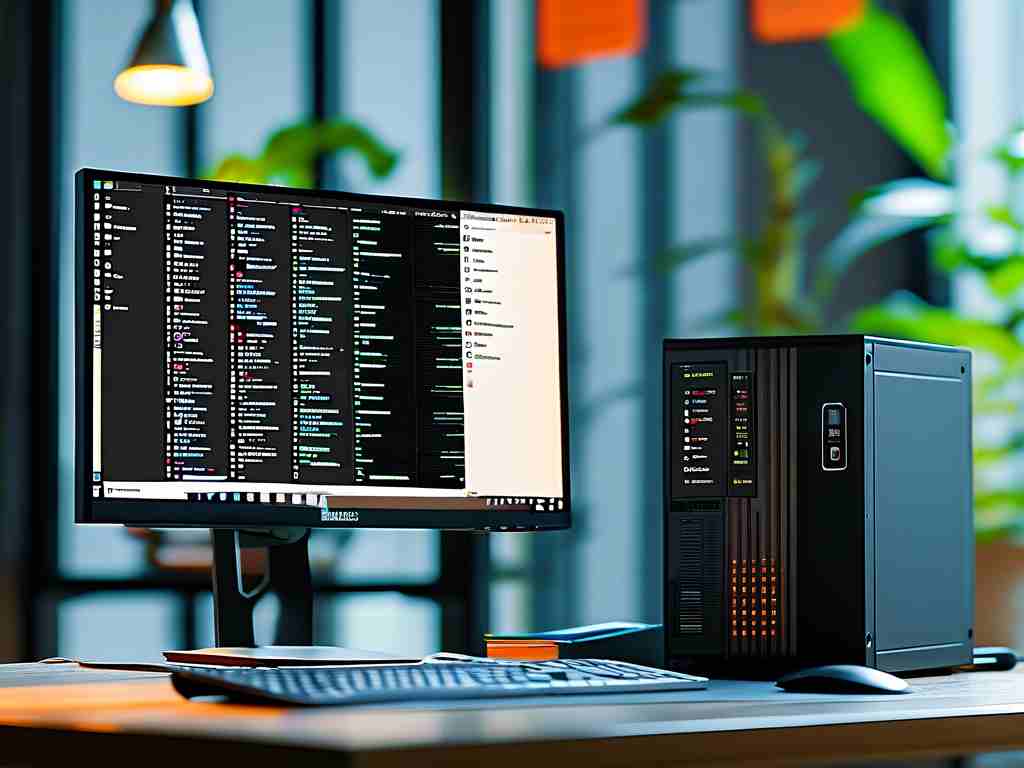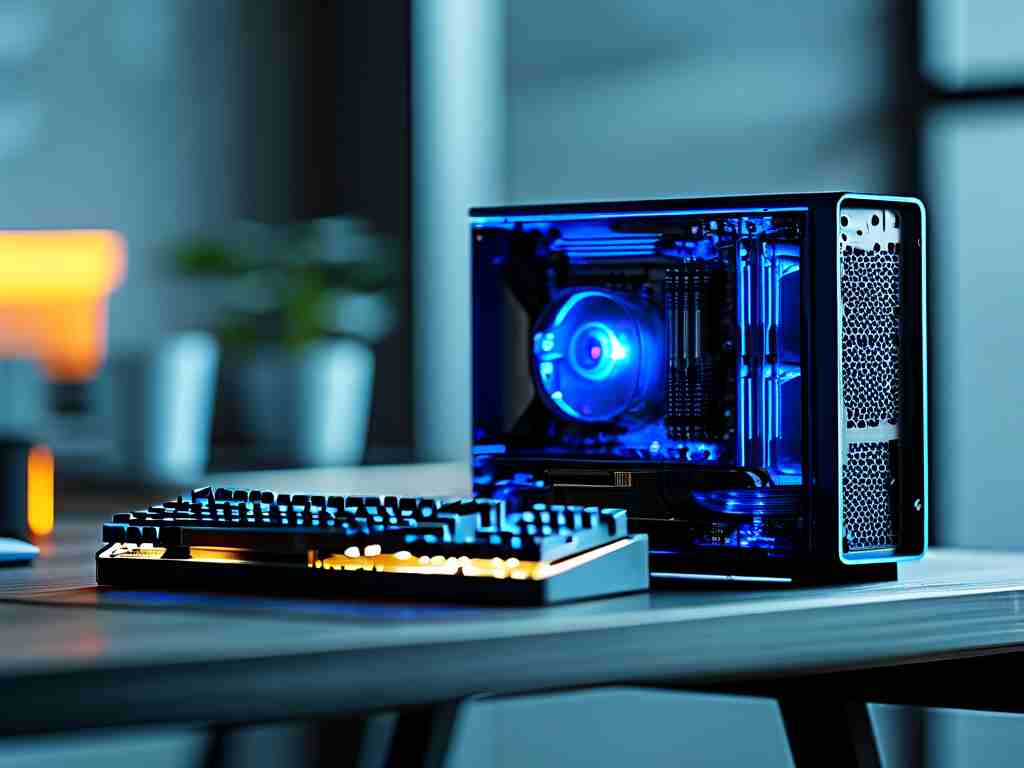For HP computer users, optimizing memory management is crucial for maintaining system performance. While modern HP devices come with efficient hardware configurations, understanding where to locate and adjust memory settings can significantly enhance productivity. This guide explores practical methods to access memory management tools on HP computers while offering actionable optimization strategies.
Accessing Built-in Memory Tools
HP computers running Windows 10/11 provide native memory management utilities. Start by opening the Task Manager using Ctrl+Shift+Esc. Navigate to the "Performance" tab and select "Memory" to view real-time usage statistics. This interface displays total RAM capacity, active processes, and cached data. For advanced users, the Resource Monitor (accessible via the "Open Resource Monitor" link) offers granular insights into memory allocation per application.
Another built-in tool is the Windows Memory Diagnostic. Search for "Windows Memory Diagnostic" in the Start menu, then choose "Restart now and check for problems." This utility identifies physical memory errors—a critical step if experiencing frequent crashes or slowdowns.
HP-Specific Memory Management Software
Certain HP models include proprietary optimization tools. For example, HP Support Assistant (preinstalled on most devices) features a "Performance Tune-Up" section. To access it:
- Launch HP Support Assistant
- Select "Troubleshoot and fix"
- Click "Performance Tune-Up"
- Run the "Memory Optimization" scan
This tool automatically identifies memory-hogging applications and suggests cleanup actions. Business-grade HP workstations may include HP Performance Advisor, which provides hardware-specific recommendations, including memory upgrade guidance.
BIOS-Level Memory Configuration
Advanced users can adjust memory settings through BIOS:
- Restart the HP computer and repeatedly press F10 during boot
- Navigate to "System Configuration" > "Memory Options"
- Modify settings like memory protection or virtualization support
Caution: Incorrect BIOS adjustments may cause system instability. Document original settings before making changes.
Third-Party Memory Optimization Tools
While HP discourages unauthorized software, these vetted tools complement built-in utilities:
- MemTest86 (for thorough RAM diagnostics)
- Process Lasso (for real-time memory prioritization)
- Wise Memory Optimizer (for automatic background cleanup)
Always download such tools from official sources to avoid malware risks.
Physical Memory Upgrades
For hardware upgrades, first verify compatibility:
- Use Crucial's System Scanner (crucial.com)
- Check HP's official documentation for maximum supported RAM
- Ensure matching DDR generation and clock speeds
After installing new RAM modules:
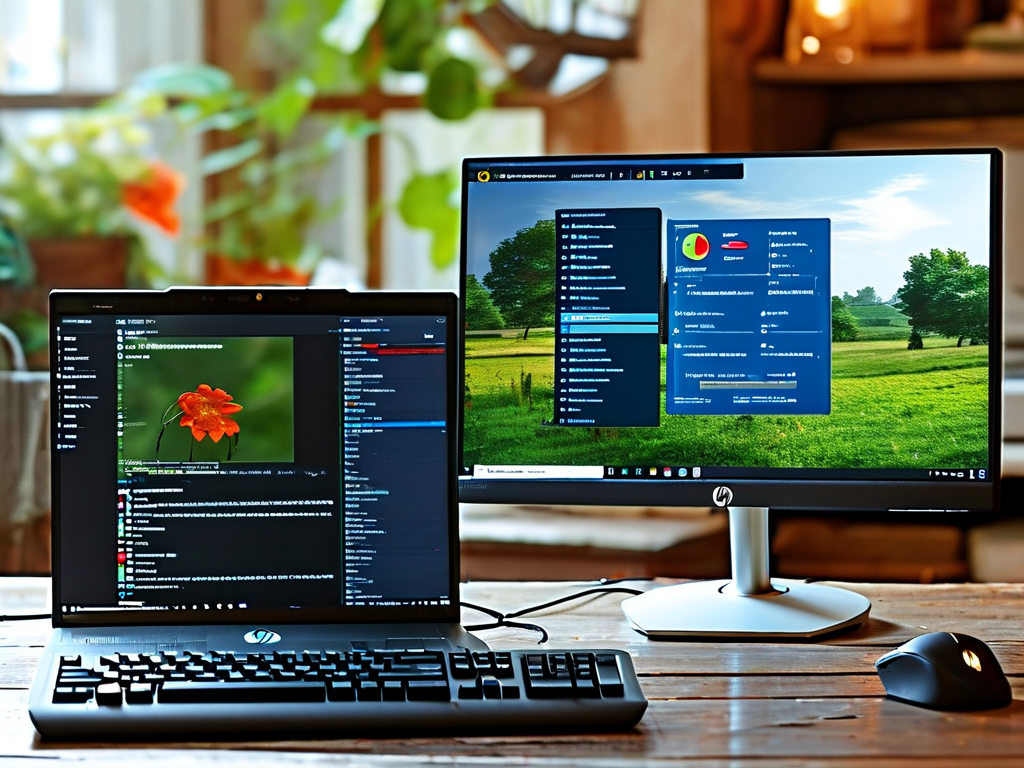
- Update BIOS to the latest version
- Re-run Windows Memory Diagnostic
- Verify detection in System Properties (Win+Pause/Break)
Troubleshooting Common Memory Issues
HP users frequently encounter:
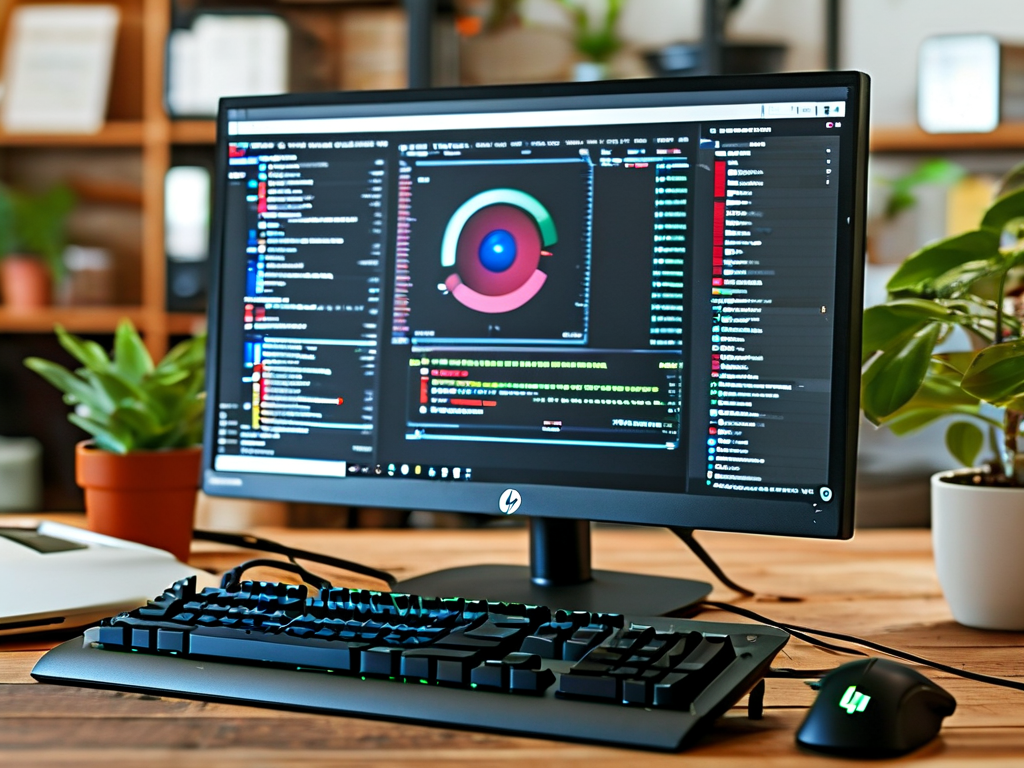
- Memory Leaks: Update problematic software or drivers
- Insufficient Virtual Memory: Adjust paging file size in System Properties > Advanced > Performance Settings
- Hardware Conflicts: Reseat RAM modules or test individual sticks
For persistent issues, HP's Cloud Recovery Tool can restore system stability without deleting personal files.
Best Practices for HP Memory Management
- Maintain at least 15% free RAM for background operations
- Schedule weekly memory diagnostics
- Disable unnecessary startup programs
- Utilize browser tab management extensions
- Enable ReadyBoost (for systems with HDDs)
Enterprise users should explore HP Manageability Integration Kit for centralized memory monitoring across multiple devices.
Effective memory management on HP computers combines built-in tools, strategic upgrades, and usage discipline. By regularly monitoring performance metrics and addressing issues proactively, users can extend device lifespan and maintain optimal speeds. For complex scenarios, HP's official support portal provides model-specific guidance and firmware updates to enhance memory reliability.




